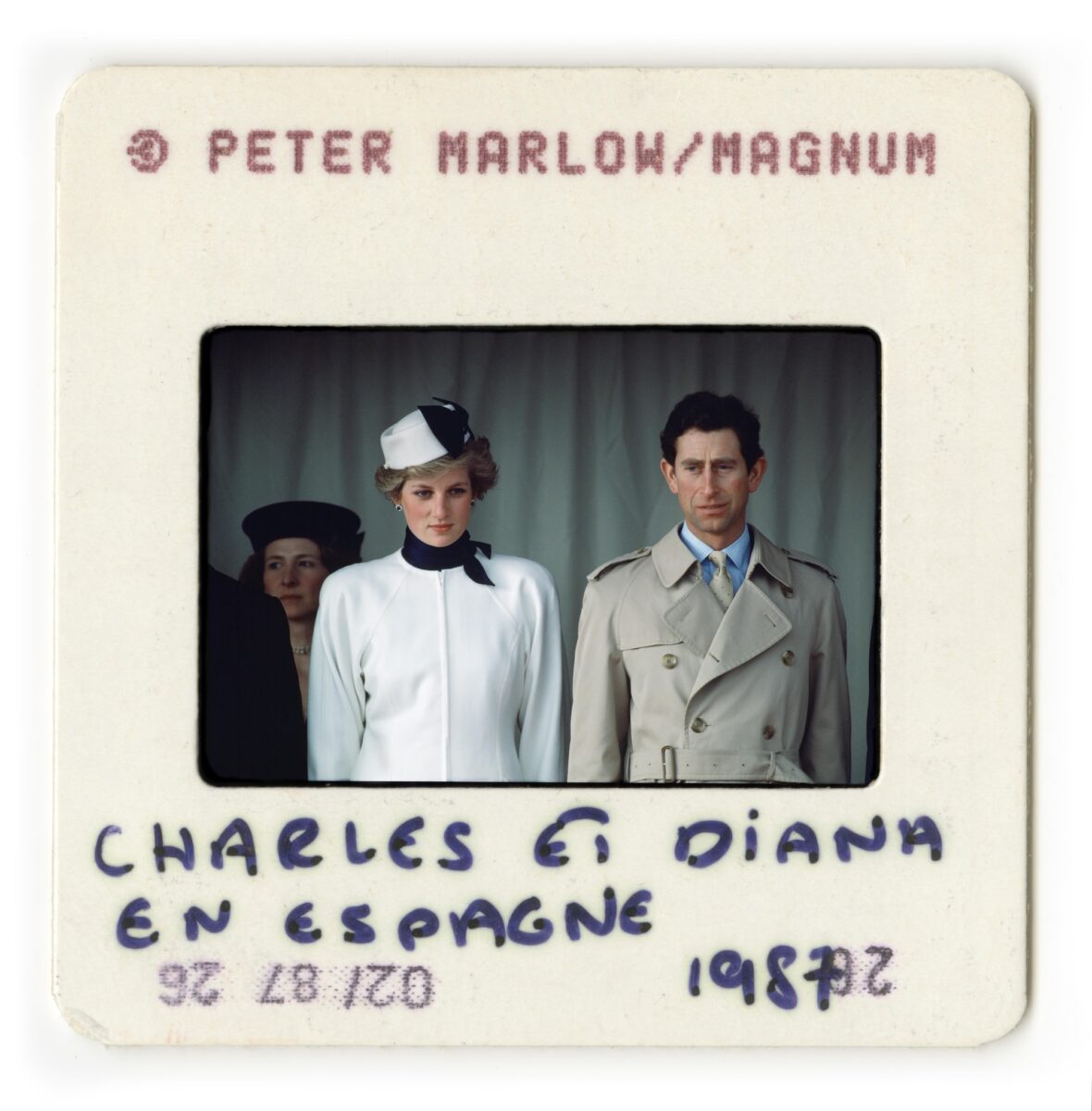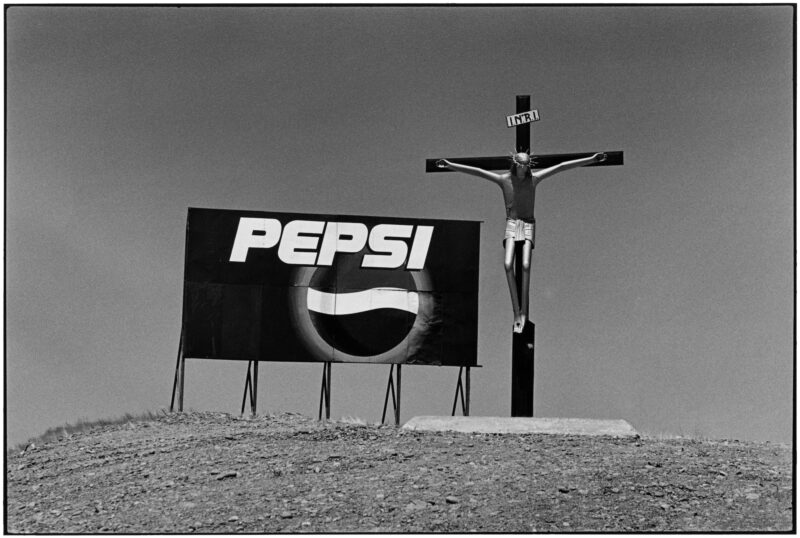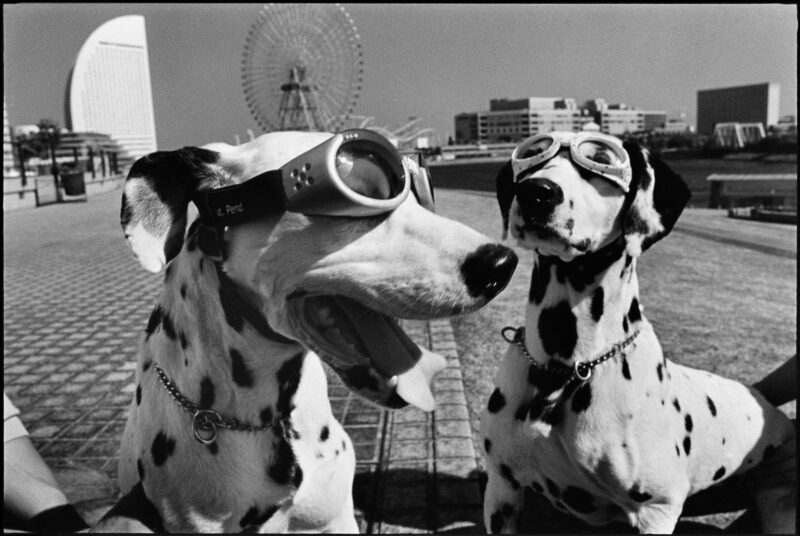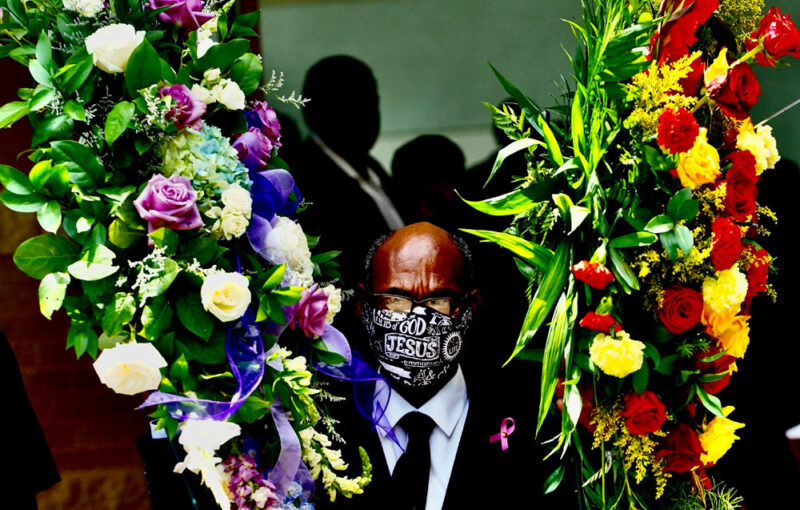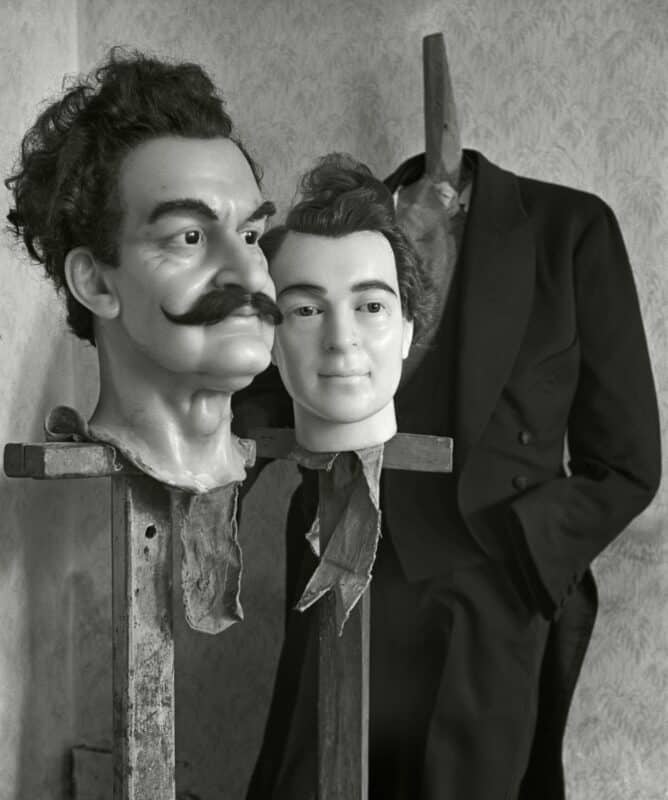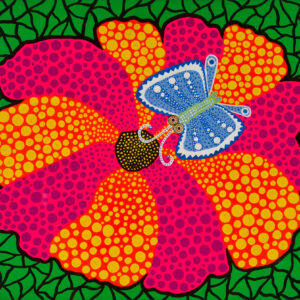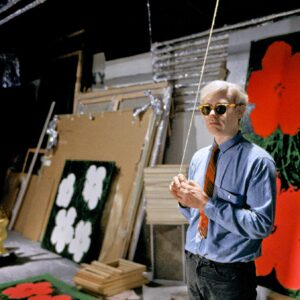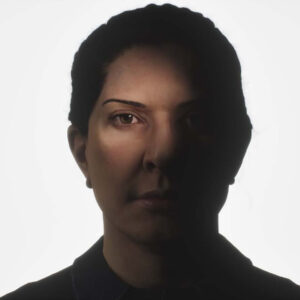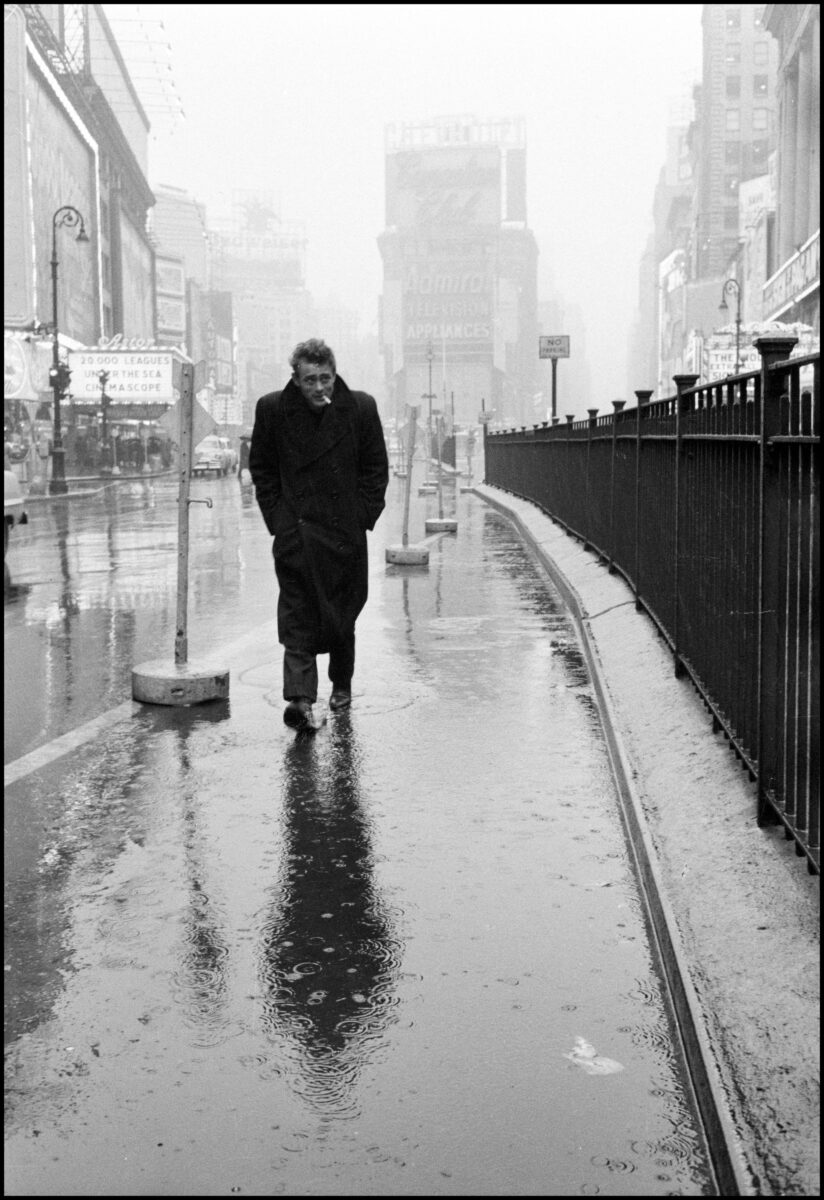
FOTO ARSENAL WIEN Presents the World of Photography: Grand Opening on March 21st, 2025, with an Exhibition on the Agency Magnum Photos.
Following a renovation phase lasting eighteenth months, FOTO ARSENAL WIEN—Vienna’s exhibition center for international photography and lens-based medium—will inaugurate its new home
at the Arsenal in the third district of Vienna on March 21st, 2025.
FOTO ARSENAL WIEN will present the full spectrum of the medium of photography in up to ten exhibitions each year in a one-thousand square-meter exhibition space—a combination of young talents, upand-coming photographers, and international stars.
What is the decisive factor that makes certain photographs into icons that become deeply ingrained in collective memory? Why are they published, and why do they later end up in archives? Magnum: A
World of Photography, FOTO ARSENAL WIEN’s inaugural exhibition, explores strategies of distributing and archiving images using the example of the world-renowned agency Magnum Photos.
Setting the Tone in the Realm of Photography
For many decades following World War II, image content was brought to the kitchen tables and living rooms of homes through daily newspapers and magazines. Magnum Photos, which was founded in 1947, ensured that photographers retained the copyrights to their own photographs, and the agency has set the tone ever since, particularly in the area of photojournalism. A look behind the scenes at unknown and secret working processes involving contact sheets, vintage prints, and darkroom work provides insight into the world of narrative photography. This exhibition addresses photographic processes and analog techniques of the medium in combination with its social role as an all-encompassing cultural
technique that all of us use constantly.
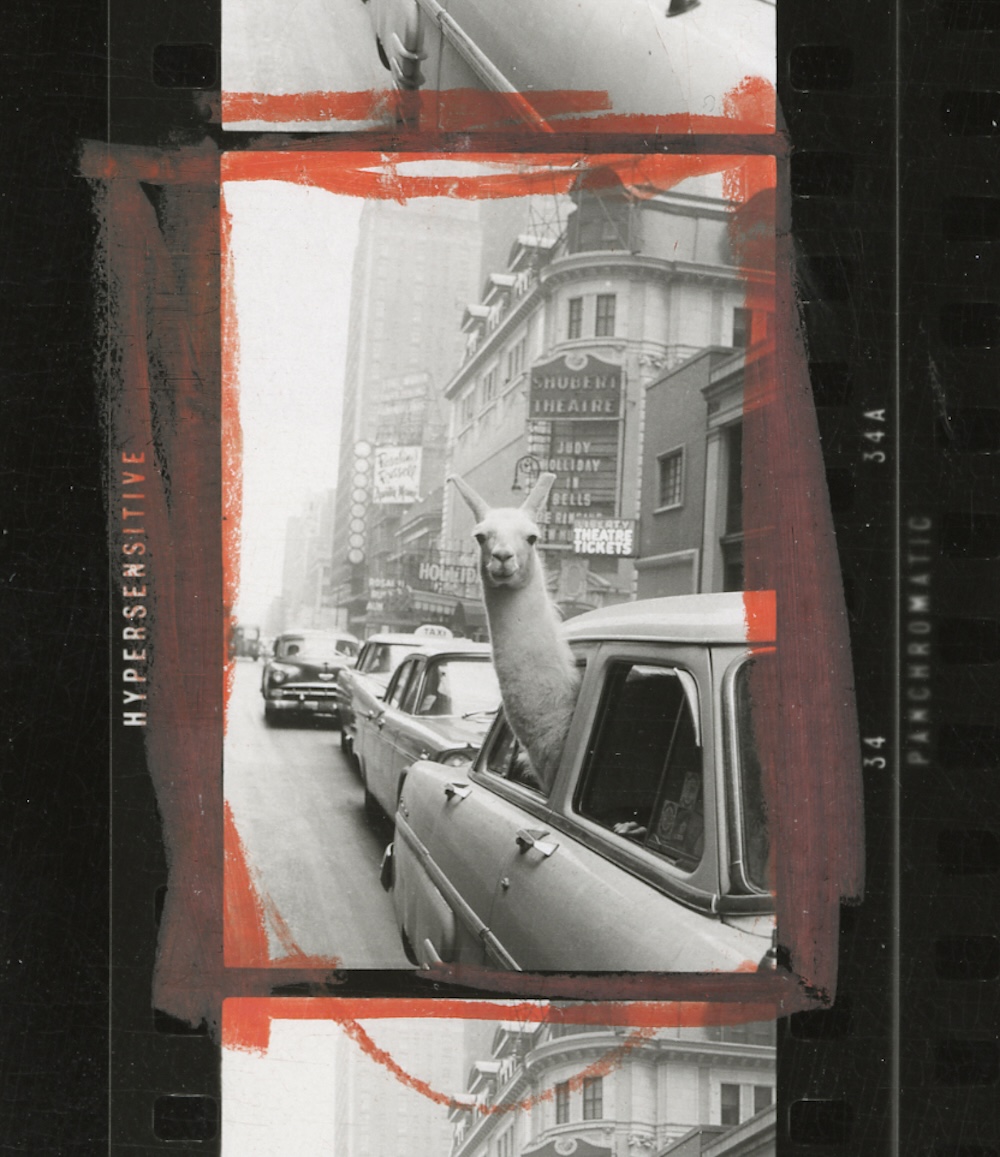
“It is hard to imagine that there is even one person in the world who is not familiar with at least one photograph from Magnum. One of the things that we investigate in this exhibition is how that is possible. To this end, we have dug up some treasures from the archives that have never been shown in public before and will not be repeated in this form,”
explains Felix Hoffmann, curator and artistic director of FOTO ARSENAL WIEN.
Insight into the Hidden Processes of Work in a Photo Agency
Until about two decades ago, it was considered an absolute taboo to examine an agency’s raw material regarding the selection processes leading to printed images. Not only was it forbidden; the material was usually obscured by the agency’s working processes, ranging from the decision about which image on the contact sheet was best to the choices made by the reviewing editors, which ultimately determined which pictures would be printed in the magazine or newspaper.
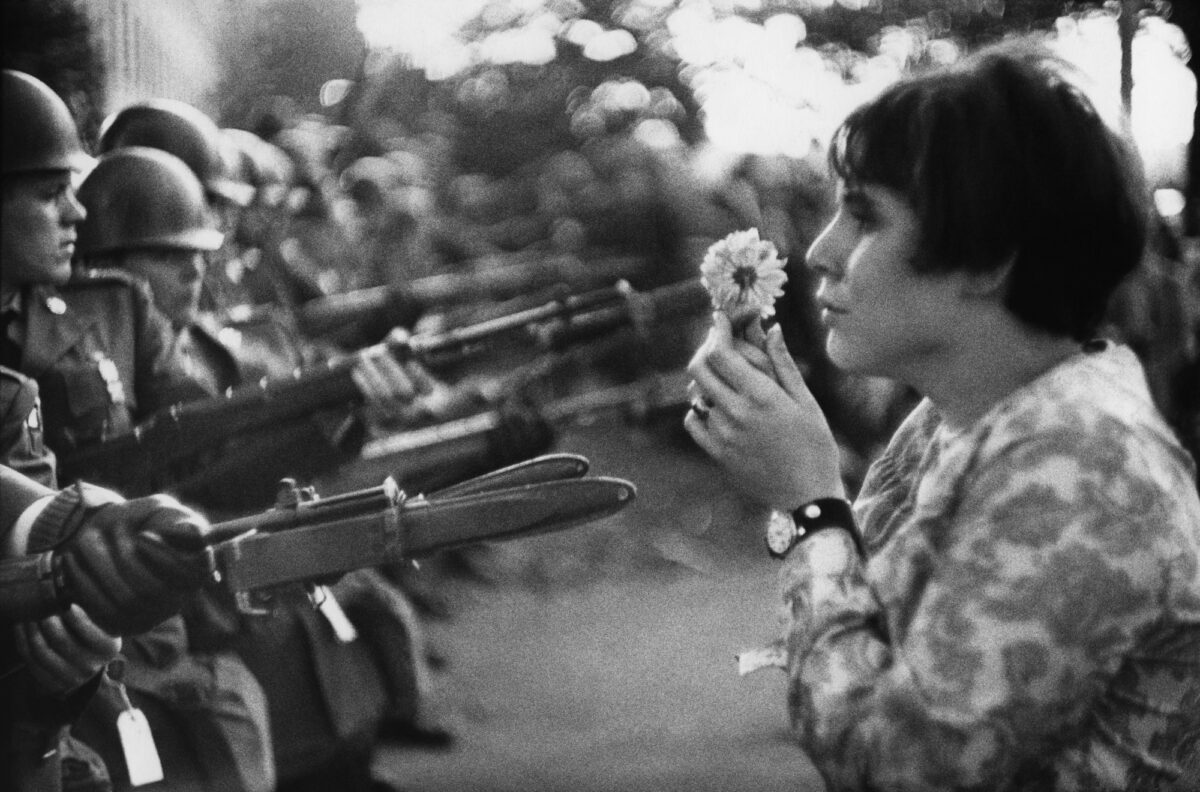
An examination of the raw material exposes the working methods and clearly reveals all the steps on the way to the final product, including the errors, lapses, and dead ends—as well as the happy coincidences. Despite the thrill of studying this material, giving viewers the feeling of taking part in the process and of peering over the photographer’s shoulder, it also has an element of doing something forbidden, such as reading somebody’s diary or looking in somebody’s closet.
Assessing the Archives of Magnum Photos: Three Hundred Images and Objects from Seven Decades
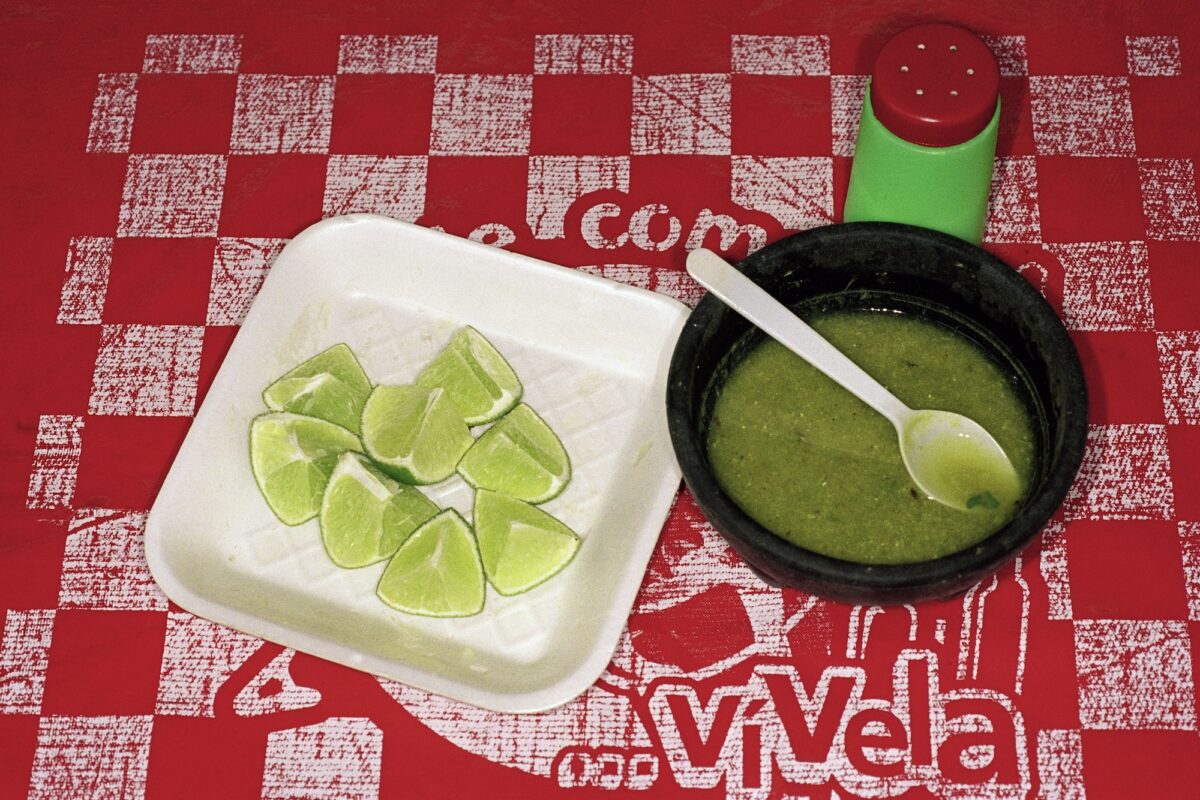
What happens to all the images after use? How were they subsequently sorted, organized, and handled? This is the first time that visitors have been given the rare opportunity to view the archives of the legendary agency Magnum Photos in an exhibition. The show presents over three hundred images and objects from seven decades by the most famous photographers: Robert Capa, Elliott Erwitt, Dennis Stock, Inge Morath, René Burri, Eve Arnold, Leonard Freed, Thomas Hoepker, Martin Parr, Eli Reed, Marc Riboud, Bruce Davidson, and Larry Towell.

For the first time, parts of the Magnum Archives will be linked to current issues by contemporary artists: Susan Meiselas, Bieke Depoorter, and Rafa? Milach reflect on historical approaches and further develop them in a socially political future. Presented chronologically, the exhibition presents passionate, enthusiastic photo essays from World War II; icons such as Che Guevara, Muhammad Ali, and Malcolm X; trackside mourners paying their last respects to Robert Kennedy; life on the subway in New York; portraits of the British royal family; and numerous historical events of global significance.
From Contact Sheets to the Printed Image
This unique compilation of objects ranging from contact sheets to printed images reveals three different layers in the exhibition: the political and social content of the photographs, the general history of
photojournalism, and the story of how each individual picture was created.
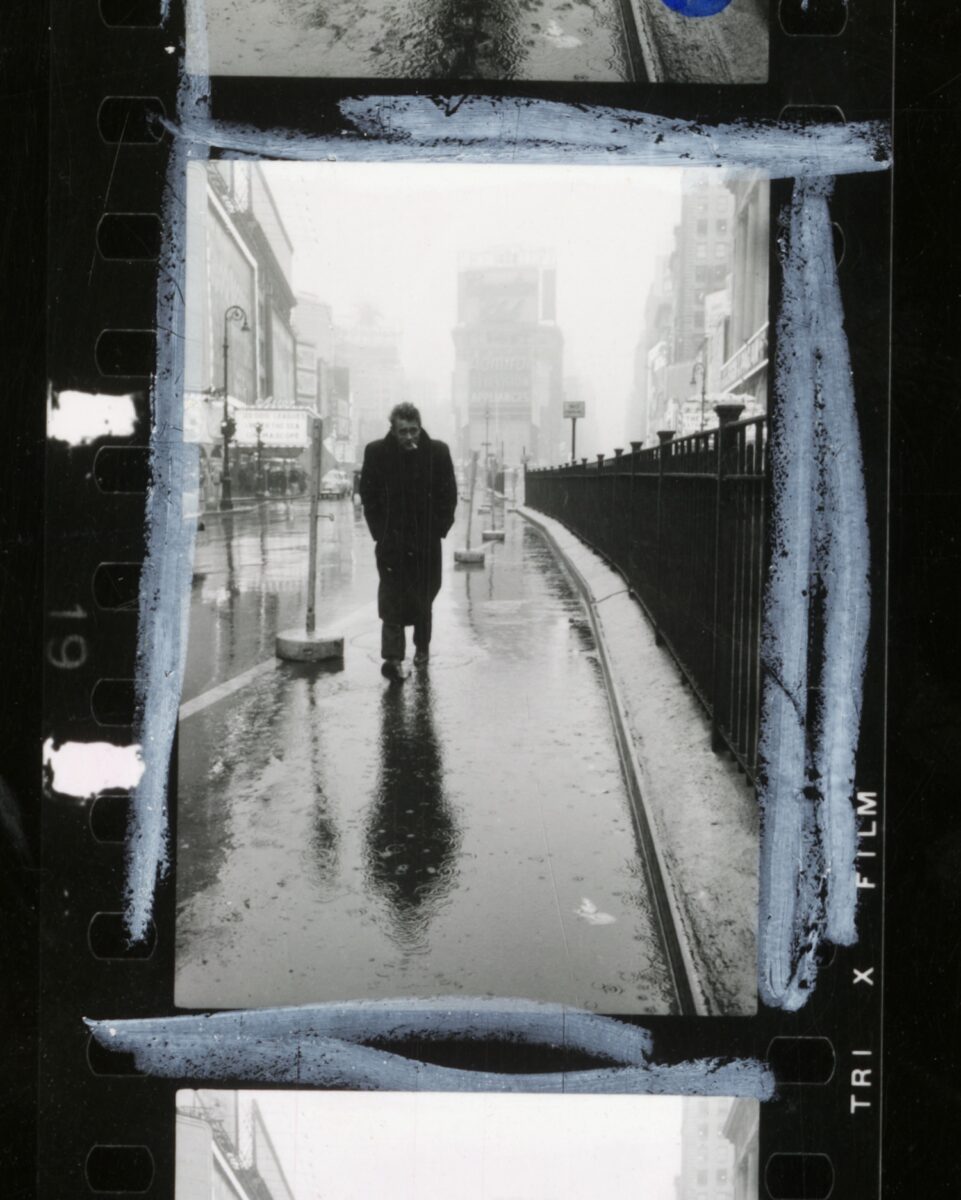
All analog image formats are included in this compilation of Magnum pictures—from standard 35mm images and slide projections to largeformat works in black-and-white and color. Commentaries, markings, and detailed documents of the photographers or picture editors are often interwoven to explain the process of distribution.
Homage to Analog Photography
Many of the techniques are now relics of obsolete technology. Due to digitization, the working processes and formats have fundamentally changed. As a result of this dematerialization, physical and haptic processes have been reduced to a phenomenon of archives, although they are increasingly coming to the fore as content and are themselves becoming artifacts. Many levels of this material embody a genre of their own with a close connection to film, storytelling, and traditional photojournalism. As a result, this exhibition of the Magnum Agency pays homage to analog work and the authenticity of the medium of photography—and is also the swan song of a lost art form.
Magnum: A World of Photography, March 21st – June 1st, 2025 FOTO ARSENAL WIEN
About
FOTO ARSENAL WIEN is Austria’s new center for photographic images and lens-based media. Initiated by the city of Vienna in fall 2022, the institution presents and explains contemporary photography in all its forms and uses. FOTO ARSENAL WIEN also organizes the platform FOTO WIEN—Austria’s largest, biennial festival of photography—and, in a collaboration with the Kunsthalle Wien, the Festival Vienna Digital Cultures. fotoarsenalwien.at / www.fotowien.at
